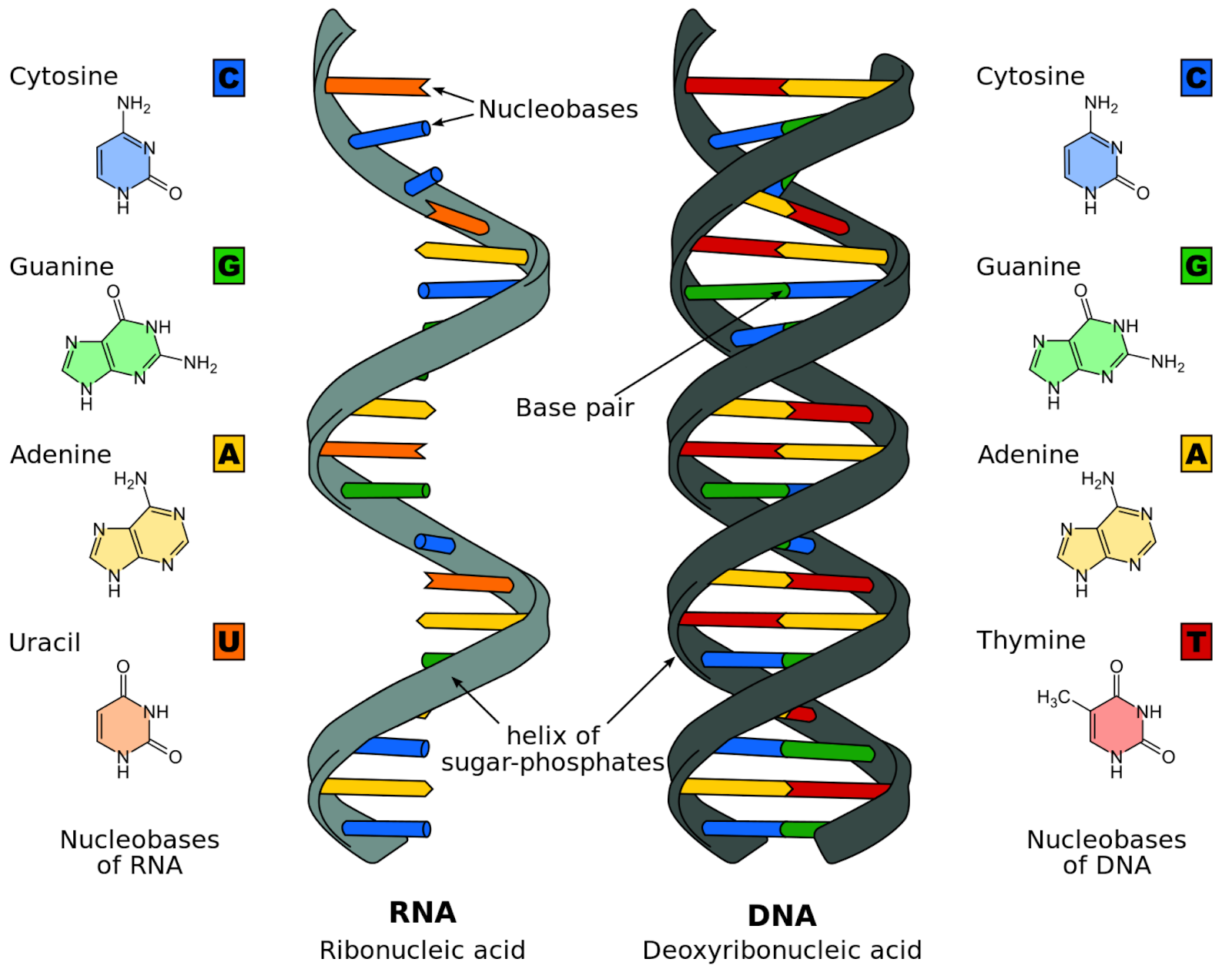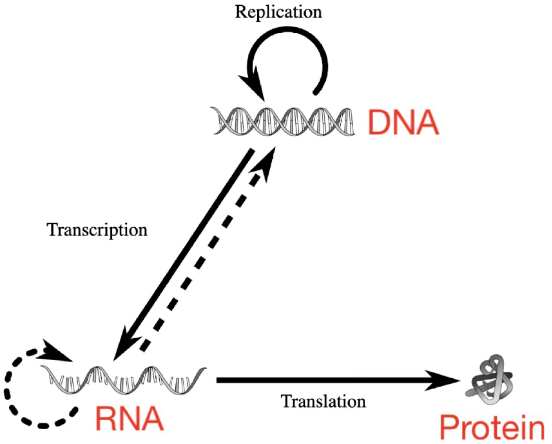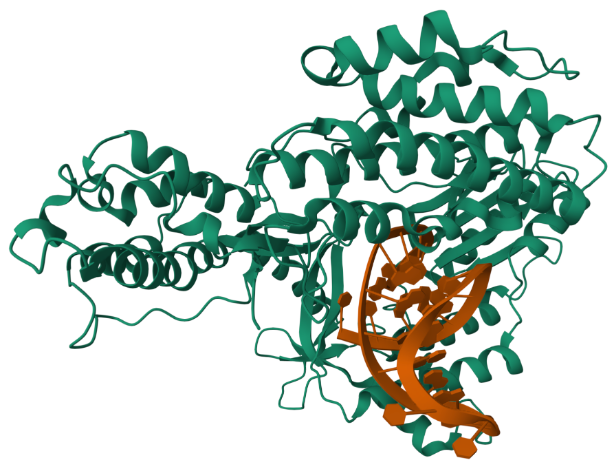Exploring the Power of Protein-DNA and Protein-RNA Docking
Written by Amélie Lagacé-O'Connor | Published 2023-7-26
Written by Amélie Lagacé-O'Connor | Published 2023-7-26
Proteins, as essential players in cellular processes, take part in important interactions with nucleic acids like DNA and RNA, thereby playing a crucial role in the underlying mechanisms of life. In this blog post, we will delve into protein-DNA and protein-RNA docking, a technology that allows us to understand these complex interactions. By exploring the significance of these techniques, we can better understand the molecular landscape that governs life’s fundamental biological processes.
Protein-DNA and protein-RNA docking represent potent computational processes that utilize sophisticated models and algorithms to predict the intricate three-dimensional structures of complexes involving proteins and either DNA or RNA. These invaluable tools facilitate a profound comprehension of the macromolecular interactions transpiring between proteins and nucleic acids. By employing these methods, researchers can gain invaluable insights into the fundamental mechanisms that govern biological processes and contribute to advancements in various fields, such as drug development, molecular biology, and biotechnology. As previously stated, we will discuss two types of docking, protein-DNA and protein-RNA docking. The differences between these docking methods arise from the type of nucleic acid with which the protein interacts, leading to some differences in the docking calculations. These differences encompass various aspects of the algorithm used, such as the binding site definition, conformational flexibility, and base-specific interactions. While both techniques share similarities in their computational approach and provide information on biological processes, their specific applications diverge. As a result, the three-dimensional structure generated through both protein-DNA and protein-RNA docking serve as valuable resources together and separately, contributing to our multifaceted understanding of cellular mechanisms.

Protein-DNA docking is used to find the binding mode and orientation of a protein with DNA. DNA is the polymer that carries the fundamental genetic information used for the development, function, growth, and reproduction of all known organisms. Given that DNA is so fundamental to our lives, it’s no surprise that a better understanding of its interactions with proteins holds immense importance. It is particularly important for understanding protein-DNA recognition, gene regulation, and other DNA-related processes, which can ultimately be used to treat certain genetic diseases.
Protein-RNA docking is used to decipher how proteins interact and form complexes with RNA molecules. While RNA shares similarities with DNA as a nucleic acid, it differs in that it is less stable and usually doesn’t have a complementary strand. Additionally, RNA facilitates a number of processes including acting as a messenger molecule, facilitating reactions (ribozymes), moving amino acids, and even participating in large complexes such as ribosomes or CRISPR/Cas9.

Both protein-DNA and protein-RNA docking stand as versatile computational tools opening possibilities in many fields such as structural biology, drug discovery, gene regulation, and systems biology. Within the field of structural biology, gaining deeper insight into how proteins interact with DNA and RNA provides a strong foundation of knowledge which can then be used in drug discovery—a field with immense impact and potential.
In the field of drug discovery, protein-DNA and protein-RNA docking plays a bigger role in the earlier stages, primarily serving to identify DNA or RNA binding sites on proteins that are relevant to disease pathways. In this stage, researchers can validate the interaction between a target protein and nucleic acid, which helps to select potential drug targets for further investigation. Understanding the protein-DNA/RNA interaction by docking also allows for the screening of many molecules that could work against the target protein-DNA/RNA complex. This process helps in narrowing down the potential drug candidates that could be used against certain diseases or conditions, by selecting those with a higher binding affinity, an important characteristic which was discussed in a previous blog post.
In the case of protein-DNA docking, one example which demonstrates the importance of this process lies with the tumor suppressor p53. As described in a 2018 article by Mantovani, Collavin, and Del Sal, this tumor suppressor plays an important role in regulating the cell cycle, with its absence leading to an increased risk of developing dangerous diseases like cancer. Using protein-DNA docking techniques, researchers have uncovered the structure of p53 and its interaction with DNA. By finding the specific amino acid residues involved in the p53-DNA interaction, then docking mutant p53s to the DNA, they have been able to identify the structural alterations in p53 that give rise to cancer. This knowledge has led to the development of compounds that can bind to a mutant version of p53 and cause conformational changes, to bring it back to its intended function, providing a potential therapeutic against cancer.
On the other hand, protein-RNA docking provides insight into the mechanisms behind cancer from a different perspective. A common characteristic of cancer cells is their immortality, due to the activity of an enzyme called telomerase. In fact, a 2016 article by Jafri, Ansari, Alqahtani, and Shay, has found that the upregulation or reactivation of telomerase is found in over 90% of cancers. This enzyme uses its RNA template to add DNA sequences, called telomeres, to the ends of chromosomes, preventing their degradation and loss of essential information during cell division. This leads to indefinite cell division and replication, making the cells immortal.

Protein-RNA docking has allowed for extensive research into the structure of telomerase, leading to understanding the structural components that play a role in its activation and disruption. By docking potential drug candidates to telomerase and assess their binding affinities, researchers have gained insight into the potential effectiveness of certain drugs. This has paved the way for the development of targeted therapeutics that hold promise in fighting cancer effectively.
Protein-DNA and protein-RNA docking stand as indispensable tools in modern molecular biology, enabling more insight into the complex world of cellular interactions, gene regulation, and disease mechanisms. From understanding the structural alterations in cancer-associated proteins to discovering targeted therapeutics against deadly diseases, the applications of these docking techniques are far-reaching and transformative.
By Danial Gharaie Amirabadi
By Amélie Lagacé-O'Connor
By Amélie Lagacé-O'Connor
By Keaun Amani
By Danial Gharaie Amirabadi
By Amélie Lagacé-O'Connor
Register for free — upgrade anytime.
Interested in getting a license? Contact Sales.
Sign up free